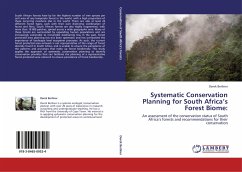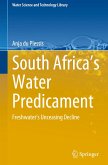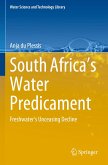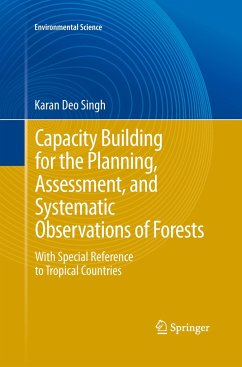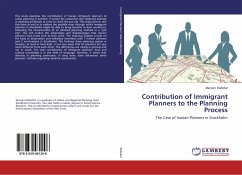South African forests have by far the highest number of tree species per unit area of any temperate forest in the world, with a high proportion of these occurring nowhere else in the world. There are also at least 24 different forest types, each with their own distinctive combination of fauna and flora. South African forests are also highly fragmented, with more than 16 000 patches, spread across a wide geographic area. Many of these forests are surrounded by expanding human populations and are increasingly vulnerable to irreversible biodiversity loss. In the past, forest protected area planning has not been systematic and has overlooked the importance of landscape level ecosystem processes. As such, the current forest protected area network is not representative of the range of forest diversity found in South Africa, and is unable to ensure the persistence of the patterns and processes that make up forest biodiversity. This study applies the approach of systematic conservation planning to identify conservation priorities that can facilitate the planning of a representative forest protected area network to ensure persistence of forest biodiversity.

